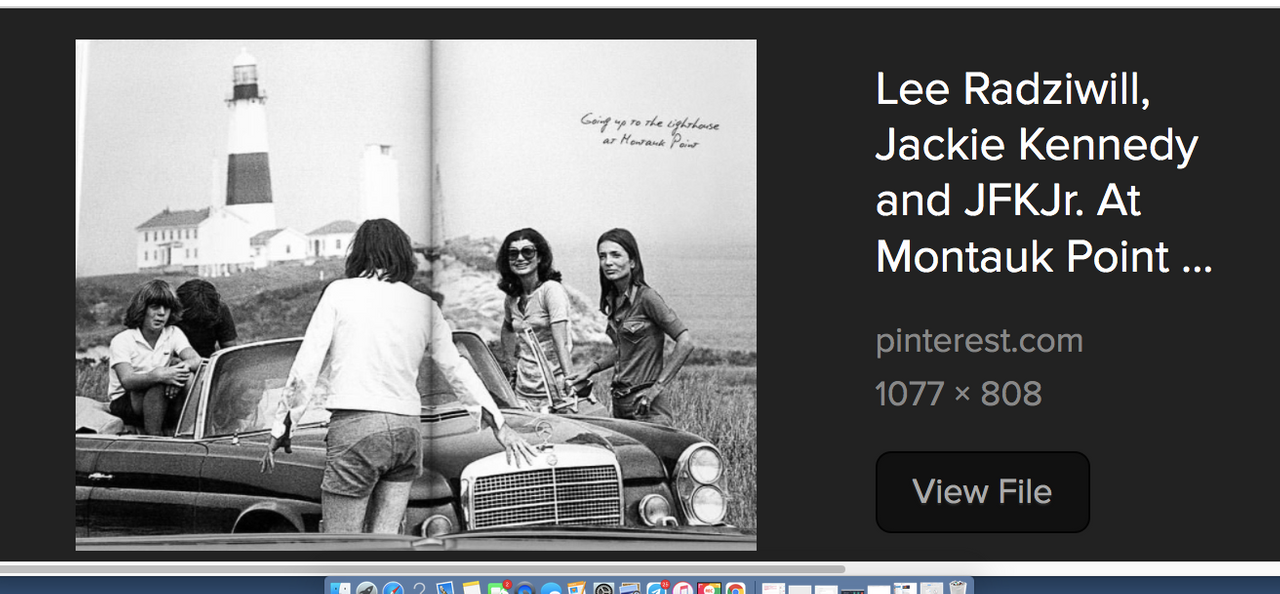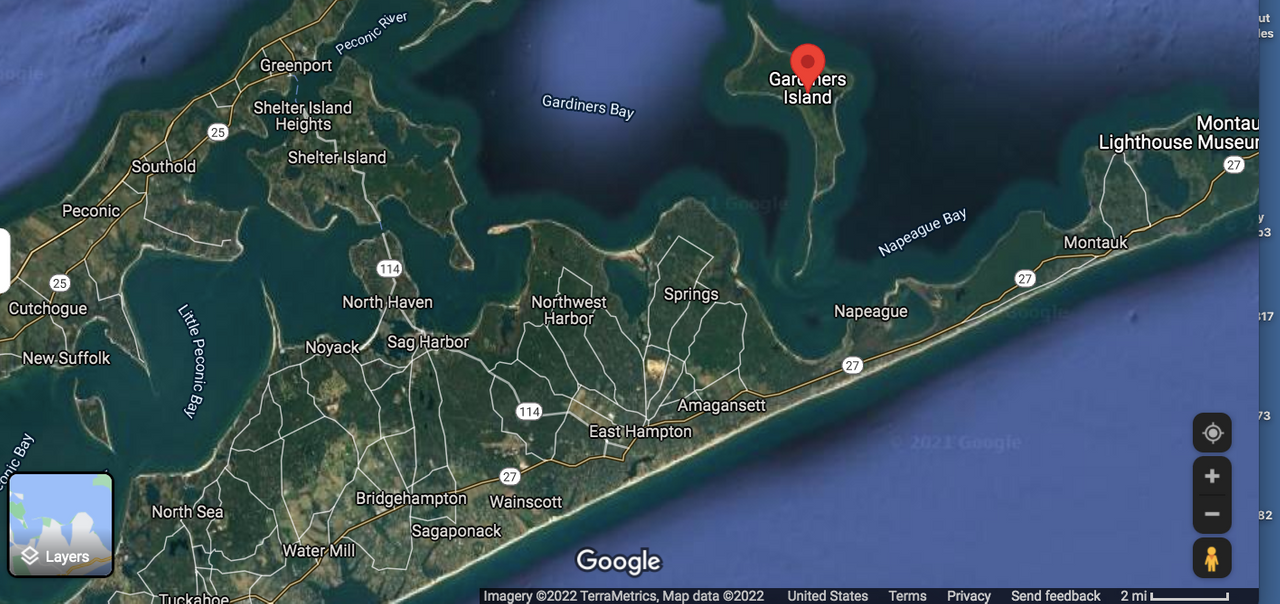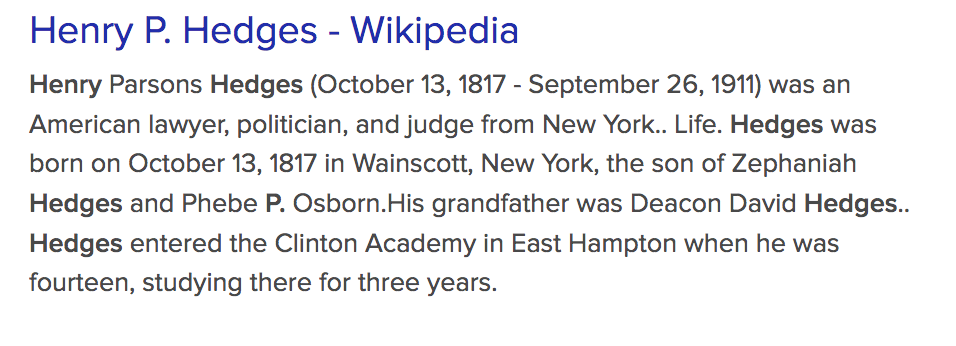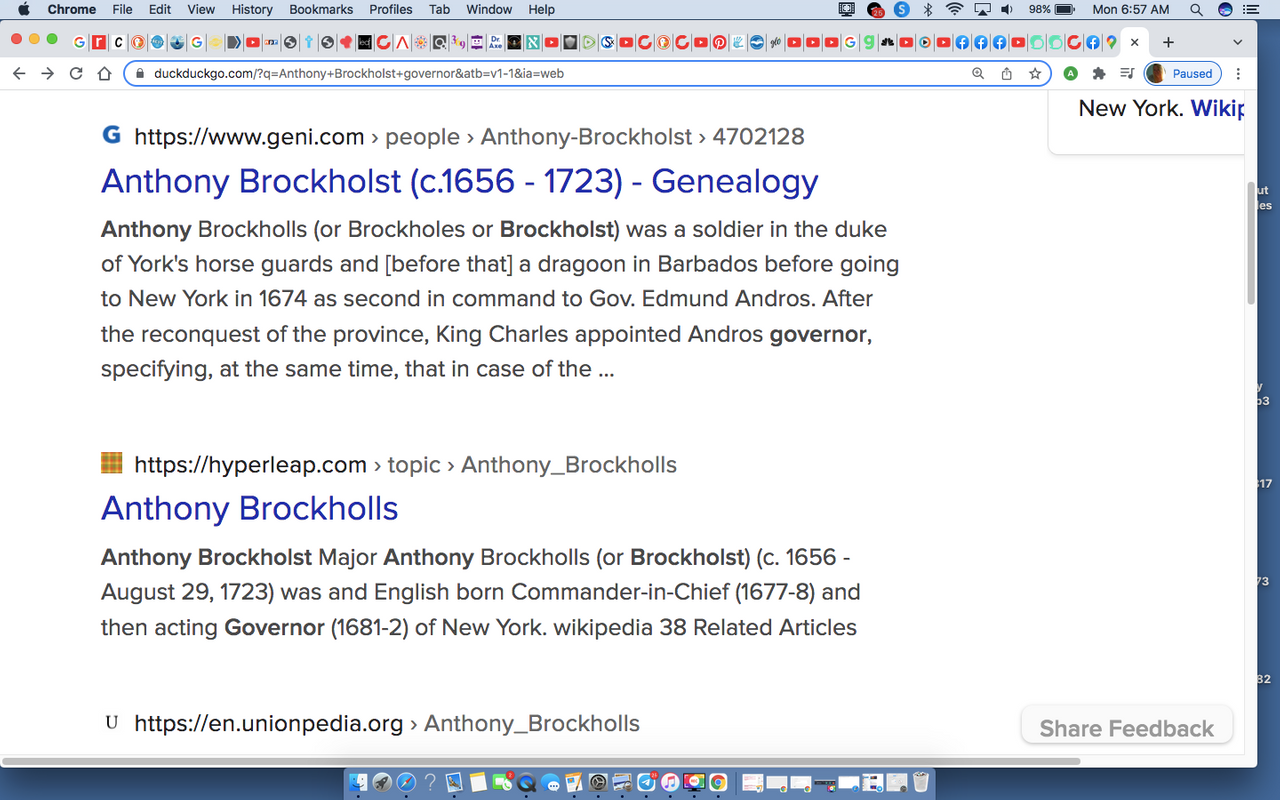
The history is imperative!
In this article you will see the transcript and footage of a show called Montauk Today that went over some of the deep history of Monauk and how the people there tried to stand up for themselves against an overreaching, overbearing government. Sound familiar to the times we live in now?
Does history repeat itself if people don't learn from it or if it is actively Hidden from them?
You decide!
Here is some history of Long Island that is imperative!
- Long Island is a heavily urbanized and densely populated island in the southeast part of the U.S. state of New York, part of the New York metropolitan area.
- At New York Harbor, it begins approximately 0.35 miles (0.56 km) east of Manhattan Island and extends eastward over 100 miles (160 km) into the Atlantic Ocean.
- The island comprises four counties; Kings and Queens counties (the New York City boroughs of Brooklyn and Queens, respectively) and Nassau County share the western third of the island.
- While Suffolk County occupies the eastern two thirds.
- More than half of New York City's residents live on Long Island, in Brooklyn and in Queens.
- However, people in the New York metropolitan area colloquially use the term Long Island (or the Island) to refer exclusively to Nassau and Suffolk counties, and conversely, employ the term "the City" to mean Manhattan alone.
- While the Nassau-plus-Suffolk definition of Long Island does not have any legal existence, it is recognized as a "region" by the state of New York.
Broadly speaking, "Long Island" may refer both to the main island and the surrounding outer barrier islands. To its west, Long Island is separated from Manhattan and the Bronx by the East River tidal estuary. North of the island is Long Island Sound, across which lie Westchester County, New York and the state of Connecticut. Across the Block Island Sound to the northeast is the state of Rhode Island. Block Island—which is part of Rhode Island—and numerous smaller islands extend further into the Atlantic. To the extreme southwest, Long Island is separated from Staten Island and the state of New Jersey by Upper New York Bay, the Narrows, and Lower New York Bay.
- Both the longest and the largest island in the contiguous United States
- Long Island extends 118 miles (190 km) eastward from New York Harbor to Montauk Point, with a maximum north-to-south distance of 23 miles (37 km) between Long Island Sound and the Atlantic coast.
- With a land area of 1,401 square miles (3,630 km2), Long Island is the 11th-largest island in the United States and the 149th-largest island in the world—larger than the 1,214 square miles (3,140 km2) of the smallest U.S. state, Rhode Island.
With an enumerated population of 8,063,232 residents as of the 2020 U.S. Census, constituting 40% of New York State's population
Long Island is the most populated island in any U.S. state or territory,
the third-most populous island in the Americas (after only Hispaniola and Cuba)
the 18th-most populous island in the world (ahead of Ireland, Jamaica, and Hokkaidō).
Long Island would rank fourth most populous in the United States
while if it were a U.S. state
Long Island would rank thirteenth in population and first in population density.
Long Island is culturally and ethnically diverse, featuring some of the wealthiest and most expensive neighborhoods in the world near the shorelines as well as working-class areas in all four counties.
Montauk
- Montauk is a hamlet and census-designated place (CDP) in the Town of East Hampton in Suffolk County, New York, United States
- Located on the eastern end of the South Shore of Long Island. As of the 2010 United States census, the CDP's population was 3,326.[2]
The CDP encompasses an area that stretches approximately 13 miles (21 km) from Napeague, New York, to the easternmost tip of New York State at Montauk Point Light. The hamlet encompasses a small area about halfway between the two points.
- Located at the tip of the South Fork peninsula of Long Island, 118 miles (190 km) east of Midtown Manhattan
- Montauk has been used as an Army, Navy, Coast Guard, and Air Force base.
- The Montauk Point Light was the first lighthouse in New York state and is the fourth oldest active lighthouse in the United States.

On Montauk Today
Monday October seven 1996 my name is Bob Ficalora an acting president of the
**Montauk friends of Olmsted Parks Corporation non toxin newly reestablished trustee corporation /Montauk **
There have been some significant issues which have come up in governance in East Hampton in the past week or so
[Remember this is in 1996].
Specifically regarding the legislation or law that's or other Act which is being proposed by the town of East Hampton for the transfer of control of our harbors for shores and bottom lands to the trustees in town of East Hampton.
tonight I'll be talking about the rights of the Montauk trustee corporation and what I've been doing to protect the
Montauk communities rights through
reforming that corporation.
So what I will be going to do with you tonight to go over a summary political history of Montauk
give you the history of the
- political control of Montauk and the
- governance which we've enjoyed here
The history of Montauk and our rights of governance of a land here goes back to
the original settlers, who establish their colonies among the Indians and can
only be told through an understanding of the history of the establishing of the township of East Hampton.

Gardiner's Island had been purchased in 1639
Southold and Southampton were settled in
1640 the land comprising East Hampton
was purchased from the Indians up to the
Montauk line at Napeague in 1648 by
Theophilus Eaten the governor of the
colony of New Haven and Edward Hopkins
governor of the colony of Connecticut in
1648 they did this for the benefit of
the settlers these governors assigned
the lands by deed dated April 16, 1651.

As reported by Britannica
As a youth, Eaton went to London as a merchant apprentice. He began his own commercial enterprise trading with Baltic seaports, and his successes in business resulted in his election as deputy governor of the East-Land Company and also in his appointment to the court of Denmark as agent for Charles I.
He was one of the original patentees of the Massachusetts Bay Company. Eaton had adopted firm Puritan beliefs, and in early 1637 he joined his boyhood friend John Davenport and several Puritan followers in migrating to New England. The group arrived in Boston in June, but instead of settling in Massachusetts Bay, they established an independent colony at New Haven (Quinnipiac) in April 1638. The next year Eaton was elected governor of the colony, and he was reelected annually until his death.
In 1643 Eaton became an original commissioner in the New England Confederation, and 12 years later he and Davenport drew up a new legal code for New Haven colony.
In 1665 New Haven colony reluctantly accepted absorption into the more liberal and democratic Connecticut colony, which was based in Hartford and enjoyed a royal charter. From 1701 New Haven was co-capital with Hartford, a position it maintained in both colony and state until 1875. During the American Revolution it was sacked (July 5, 1779) by loyalist forces under Major General William Tryon.
Hopkins
Edward Hopkins (1600 – March 1657) was an English colonist and politician and 2nd Governor of the Connecticut Colony. Active on both sides of the Atlantic, he was a founder of the New Haven and Connecticut colonies, serving seven one-year terms as Governor of Connecticut. He returned to England in the 1650s, where he was politically active in the administration of Oliver Cromwell as a Lord Commissioner of the Admiralty and member of Parliament. He remained in England despite being elected Governor of Connecticut in 1655, and died in London in 1657.
Hopkins' will left substantial assets, in trust, for "Encouragement unto those forreign Plantations for the breeding up of Hopefull youth in the way of Learning both at ye Gramar School & Colledge for the publick Service of the Country in future times [and] for the upholding & promoting of the Kingdom of the Lord Jesus Christ in those parts of the earth." However, the inchoate state of American law on trusts kept The Charity of Edward Hopkins (as this trust is now known) mired in litigation for the next 135 years. The eventual resolution of the case made Harvard College the major beneficiary of the trust, along with the Hopkins School of New Haven, Connecticut, other schools and institutions.
As a side effect of the early administration of the trust, the town of Hopkinton, Massachusetts was named after him after Harvard College bought 12 500 acres of land there from the endowmet of Governor Hopkins.
Edward Hopkins was born in 1600 in Shrewsbury, Shropshire to Edward Hopkins and Katharine Lello Hopkins. Educated at Shrewsbury School, he then went to London where he became a successful merchant engaging in trade with the Near East. He may have benefited from connections with his uncle, Sir Henry Lello, who served for a time as English Ambassador to the Ottoman Empire, Warden of the Fleet Prison, and Keeper of the Palace of Westminster.
He married Ann Yale (born about 1615, daughter of David and Ann (Lloyd) Yale of Wales, and step-daughter of Theophilus Eaton) in 1636 or 1637 in Hartford, Connecticut).
In 1637 he joined a venture led by Theophilus Eaton, an indirect relation through his wife, and John Davenport which led to the establishment of a settlement at the mouth of the Quinnipiac River and the founding of the New Haven Colony. Two months later he was sent north to recently founded Hartford on the Connecticut River to negotiate additional land purchases for the New Haven colonists, but decided to instead stay in Hartford, becoming one of the early settlers of the Connecticut Colony. In the colony's first election in 1639 he became one of several Assistants to the General Court. Then, in 1640 Hopkins was elected Governor. Because the colony's charter forbade reelection to the Governorship, Hopkins and John Haynes (Connecticut's first Governor) traded off as Governor (save one term by George Wyllys) between 1639 and 1655, each serving as Deputy Governor to the other when not Governor.

In September of 1650 for the proprietors of
East Hampton passed a resolve to review
the Connecticut combination of the
colony of Connecticut for their own
adoption.
The document produced through
this review stated that "to
maintain peace and union of such a
people there ought to be an orderly and
decent government established according
to God to order and disposed as occasion
shall require.
We do therefore associate
and conjoin ourselves to be one town or
corporation in our civil affairs to be
guided and governed by such laws and
orders as are made according to God and
which by vote of the major part shall be
enforced among us; therefore we do engage
ourselves that in all votes choosing
officers and making orders, that it be
according to conscience and our best
light we also do engage ourselves by
this combination to stand to and
maintain the authority of the several
officers of the town and their determination and actions according to
their orders that either are or shall be made."
And so it was that on October 24, 1654 the original democratic
constitution founding the town of East Hampton was established.
So 1654 the
original town of East Hampton was
established after the deed had been
purchased after the land had been
purchased from the Indians by the colony
of Connecticut transferred to the
settlers.
Then a constitution
establishing a democratic form of
government by the majority
votes by the majority part the property
owners which would make the laws
East Hampton repainted, remained an
independent settlement our plantation
from 1648 until 1657 when it united with
the colony of Connecticut for the
purpose of counsel and defense.
Southampton joined the same Confederacy.
The Connecticut colony unlike that at
New Haven admitted all their citizens to
equal rights and privileges Montauk and
East Hampton were a part of Connecticut
for a part of Connecticut when the Dutch
in 1664 surrendered their colony of
Netherlands to the English the whole of Long Island was claimed by
the Duke of York as included in his grant and under
his jurisdiction and I'm sorry to be reading reading this.
You know I'd prefer not to read but this is
all very tight history so i'll try to
want to stay by the book on this because
I know that other town trustees and all
the town government are all watching
this and everybody is recording it and
this is all this history all comes from
from the writing of the town historian
HP or Henry P Hedges so it's all
accurate to the best of my knowledge.

The powers of the Duke of York were
exercised by his deputized
governors with absolute and
arbitrary power.
The colonial governors
often excluded people. the people altogether from choosing representatives
of their own to pass laws in the General Assembly.
Sometimes after yielding to
popular demand the governor disobeyed
the assembly which they had chosen of
their own arbitrary will for these
reasons the proprietors appealed in 1664
to continue under the government and
jurisdiction of colony of Connecticut
and in the same year may know their
determination not to pay taxes to the
colony of New York all right.
So the people here are the proprietors the
freeholders the men that had established
their Township their government did not
want to be part of the colony of
New York; however after some
negotiation and some meetings
the lands of East Hampton we're
patented as part of the colony
of New York in 1666 under Colonel
Richard Nichols as governor.
So East Hampton became a part of the town of the
state of New York in 1666 by patent
issued by Colonel Richard Nichols as
governor; however the town chafed under
the interference with their assemblies
and arbitrary law until in June 1682
at a general training of the
militia a petition was prepared and
delivered to the governor Anthony Brockholes.
This petition delivered by
the inhabitants of the town of East Hampton
describes how the town of East Hampton was established under the laws
of the colony of New York through the
patent to Richard Nichols, of Richard
Nichols in 1666 with the understanding
of the guarantees of Liberty.
And goes on
to state, and this is very important
this is very historic so I'm going to
compare this to the declaration of
independence after I read this paragraph
so please pay close attention.
This was a petition which was delivered by the
proprietors of the East End in an
assembly at the raising the militia to
the governor of the colony of New York.
So after referencing the
Nichols patent and their negotiations
that had taken place then they said in
that this petition. . .
"but may it please
your honor to understand that since that
time the Richard Nichols pen we are
deprived and prohibited our birthright
freedoms and privileges to which both we
and our ancestors were born.
Although we have neither forfeited them by any
misdemeanors of ours nor have we been
forbidden to do use or exercise of them
by command of our gracious King ok that
we know and as yet neither we nor the
rest of his Majesty's subjects upon this
island have been at any time since then
to enjoy a general and free assembly of
our representatives.
These same
assertions the same assertion and
complaints were complained were
contained in the Declaration of
Independence almost 90 years later.
It is believed by historian and repeat hedges
that no people in this country on this
land sought further
farther or earlier the correct
principles of a free representative
government that our predecessors here
none place these principles on paper
before them so what I'm going to do now
is I'm going to going to read some some
sections of the Declaration of
Independence which I think people need
to understand in the context of our
right because our rights are historic
our rights are established a couple
centuries ago and our rights are still
enforceable and are still protected
under the state constitution of the
state of New York okay here we have a
document which most people have seen in
their history books and probably had a
little bit of a little bit of knowledge
maybe of the preamble but what it is is
it the Declaration of Independence of
the colonies of the United States the
thirteen colonies of America from the
king okay they were declaring
independence from the king and in this
in the body of this text that declares
those fundamental liberties and you
remember that the 1682 document said
that they had that the proprietors felt
they had been deprived of our birthright
freedoms and privileges to which both we
and our ancestors were formed

Coming back in to finish when I get a chance.
Here this Montauk Today show here,
This link dropped from Great Warrior Robbie Walters
See original post from a thread I dropped in a Facebook Frames here,
https://www.facebook.com/photo?fbid=10224090623987884&set=pcb.10224090631628075
More Sources
https://www.britannica.com/biography/Theophilus-Eaton
Under 13 min. Fully Sourced and well worth the watch.
Put on full screen by clicking on diagonal arrow at bottom right and pause when you need to or go to sources in description if you prefer to skim or read.
It's been a long road! The Montauk Connection! Have you seen the Script?
How it all ties into what we are seeing today from verified history?
See,
Government Experiments on humans the US Gov has apologized and admitted to. Stranger Things?
Little St James near Fort Segarra known Tunnels built for Submarine base near Epstein Island, Biden

